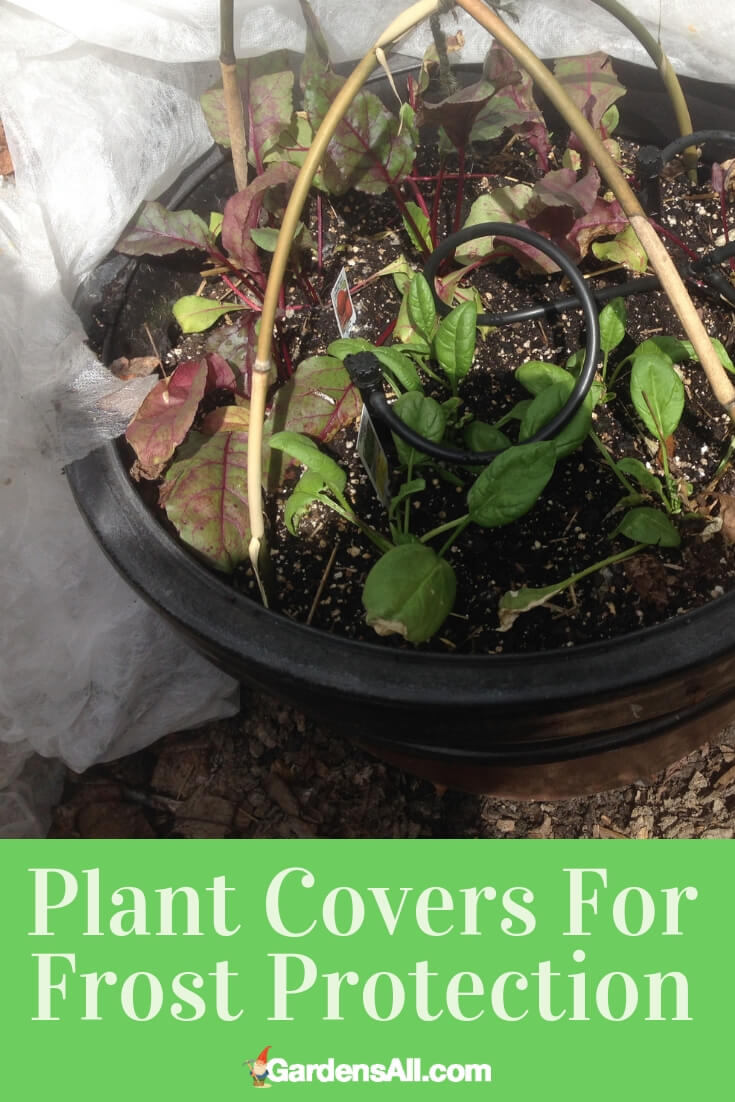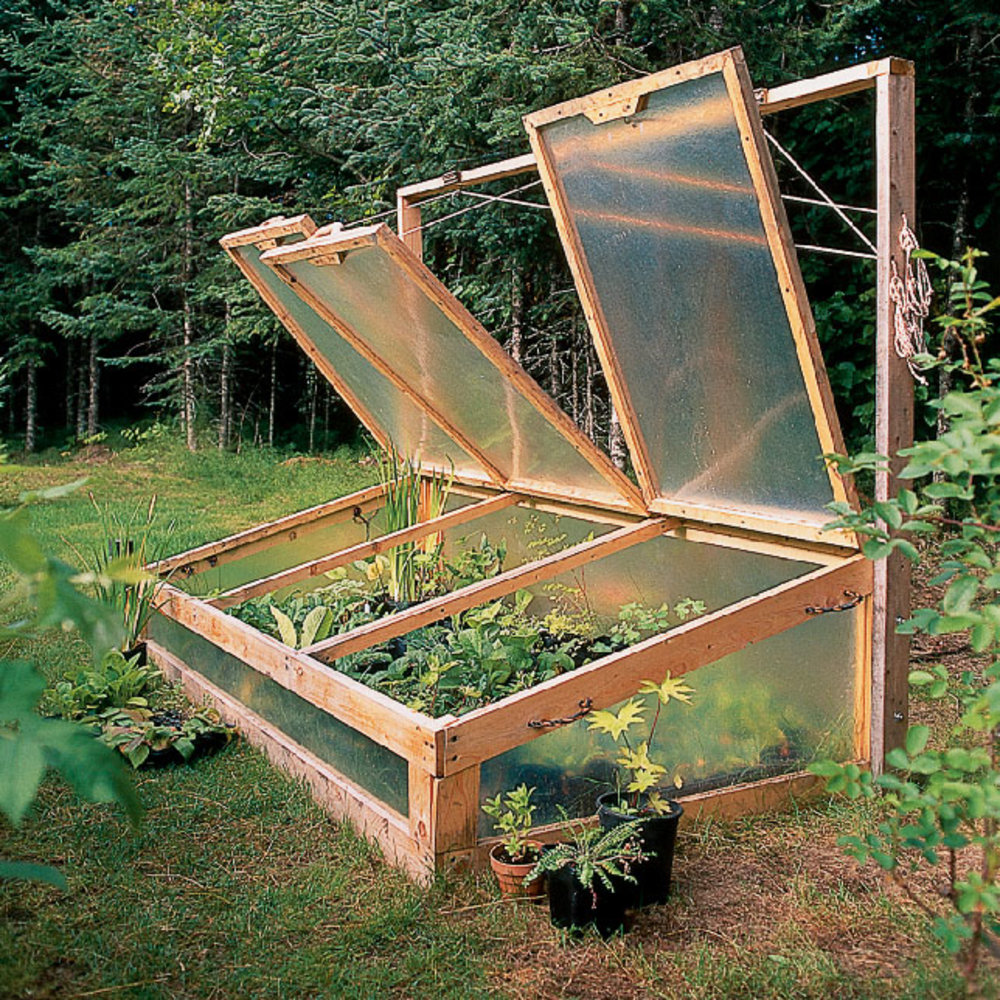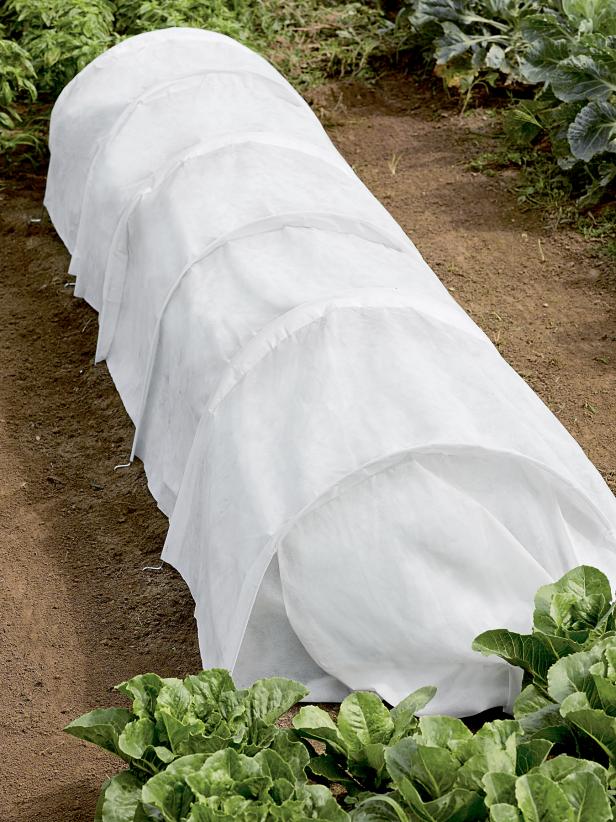How to Extend the Growing Season Into Winter: A Comprehensive Guide

As the days grow shorter and the air turns crisp, many gardeners reluctantly bid farewell to their beloved plants, believing that the growing season has come to an end. But what if you could defy the frost and extend your gardening joy well into the winter months? Imagine harvesting fresh, homegrown produce for your holiday meals or enjoying vibrant blooms when the world outside is blanketed in snow. With the right techniques and tools, you can transform your garden into a winter wonderland of growth. Let's explore how to extend the growing season into winter and reap the benefits of year-round gardening.
Understanding the Winter Growing Season
Before we dive into the techniques, it's essential to understand what makes winter gardening unique. The primary challenges are shorter days, lower temperatures, and the risk of frost. However, with proper planning and protection, you can overcome these obstacles and create a thriving winter garden.
The Power of Cold Frames

One of the most effective tools for extending the growing season is a cold frame. Think of a cold frame as a miniature greenhouse, designed to trap heat and protect your plants from the elements. Cold frames are typically bottomless boxes with a transparent lid that allows sunlight to enter while insulating the plants inside.
Cold frames work by creating a microclimate that is warmer and more humid than the surrounding environment. This can extend the growing season by weeks or even months, depending on your climate. You can build your own cold frame using materials like wood and old windows, or purchase a pre-made one from a gardening supply store.
The Versatility of Row Covers
Row covers are another excellent tool for winter gardening. These lightweight, breathable fabrics are draped over plants to provide frost protection and create a warmer, more stable environment. Row covers can be used alone or in combination with cold frames for added protection.
One of the great advantages of row covers is their versatility. They can be used to protect a wide range of plants, from tender seedlings to mature vegetables. Row covers are also easy to install and remove, making them a convenient option for gardeners who want to extend the growing season without a lot of fuss.
Choosing the Right Plants for Winter Gardening
Not all plants are suited for winter gardening. To maximize your chances of success, focus on cold-hardy varieties that can withstand lower temperatures and shorter days. Some popular choices include:
- Leafy Greens: Spinach, kale, and lettuce are all excellent choices for winter gardening. These hardy greens can tolerate light frosts and continue to grow in cooler temperatures.
- Root Vegetables: Carrots, beets, and turnips can be sown in late summer or early fall for a winter harvest. These vegetables store well in the ground and can be harvested as needed.
- Brassicas: Cabbage, broccoli, and cauliflower are all members of the brassica family and are well-suited for winter gardening. These plants prefer cooler temperatures and can withstand light frosts.
Timing is Everything
When it comes to winter gardening, timing is crucial. You'll need to plant your crops at the right time to ensure they have enough time to mature before the first hard frost. Consult a planting calendar for your specific region to determine the best time to sow your winter crops.
Protecting Your Plants from Frost
Frost is one of the biggest challenges of winter gardening. Even a light frost can damage or kill tender plants. Fortunately, there are several strategies you can use to protect your plants from frost:
- Mulching: A thick layer of organic mulch can insulate the soil and protect plant roots from frost. Straw, leaves, and pine needles are all excellent choices for winter mulching.
- Watering: Watering your plants before a frost can help protect them from damage. The water in the soil releases heat as it freezes, creating a warm pocket around the plant roots.
- Covering: Row covers, blankets, and even plastic sheeting can be used to cover plants and protect them from frost. Be sure to remove the covers during the day to allow sunlight to reach the plants.
Harvesting in the Winter
Winter harvesting can be a rewarding experience, but it requires a bit of planning. Here are some tips to help you make the most of your winter harvest:
- Harvest on Warm Days: Choose a warm, sunny day to harvest your winter crops. This will give the plants a chance to thaw out and make harvesting easier.
- Store Crops Properly: Proper storage is essential for preserving the freshness and nutritional value of your winter harvest. Root vegetables can be stored in a cool, dark place, while leafy greens should be refrigerated.
- Succession Planting: To ensure a continuous supply of fresh produce, practice succession planting. This involves planting small amounts of crops at regular intervals to stagger the harvest.
Embracing Seasonal Gardening
Winter gardening is not just about extending the growing season; it's about embracing the unique challenges and opportunities that each season brings. By adapting your gardening practices to the changing seasons, you can create a more resilient and diverse garden that provides year-round enjoyment.

The Beauty of Winter Blooms
While vegetables are a popular choice for winter gardening, don't overlook the beauty of winter blooms. Many flowers, such as pansies, violas, and hellebores, can thrive in cooler temperatures and add a pop of color to your winter garden.
The Importance of Soil Health
Healthy soil is the foundation of a successful garden, and this is especially true in the winter. The cold, wet conditions can take a toll on your soil, so it's essential to take steps to maintain its health. Adding organic matter, such as compost or well-rotted manure, can improve soil structure, drainage, and fertility.
Conclusion: Extend Your Gardening Joy
Extending the growing season into winter is not just a way to enjoy fresh produce year-round; it's a way to deepen your connection to the natural world and the changing seasons. By employing strategies like cold frames, row covers, and proper plant selection, you can create a thriving winter garden that defies the frost and brings joy to your table and your soul.
So, are you ready to embrace the challenge of winter gardening? With a bit of planning and the right tools, you can transform your garden into a winter wonderland of growth. Happy gardening!
FAQs
What is a cold frame, and how does it work? A cold frame is a bottomless box with a transparent lid that traps heat and protects plants from the elements. It creates a microclimate that is warmer and more humid than the surrounding environment, extending the growing season.
Which plants are best suited for winter gardening? Cold-hardy plants like leafy greens (spinach, kale, lettuce), root vegetables (carrots, beets, turnips), and brassicas (cabbage, broccoli, cauliflower) are well-suited for winter gardening.
How can I protect my plants from frost? You can protect your plants from frost by mulching, watering before a frost, and covering them with row covers, blankets, or plastic sheeting.
What is succession planting, and why is it important in winter gardening? Succession planting involves planting small amounts of crops at regular intervals to stagger the harvest. This ensures a continuous supply of fresh produce throughout the winter.
How can I maintain soil health in the winter? Adding organic matter, such as compost or well-rotted manure, can improve soil structure, drainage, and fertility, helping to maintain soil health in the winter.
For more information on winter gardening, visit The Old Farmer's Almanac and The National Gardening Association.
0 Response to "How to Extend the Growing Season Into Winter: A Comprehensive Guide"
Post a Comment